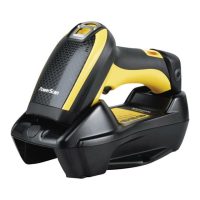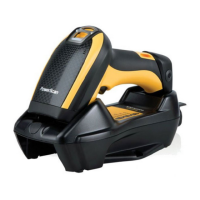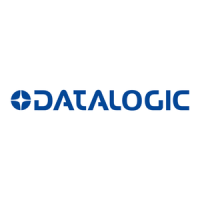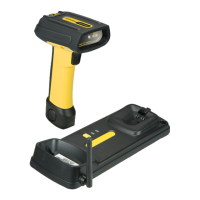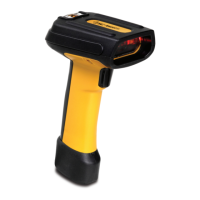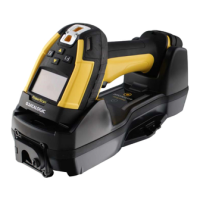CIP OVERVIEW
Ethernet Software Reference Guide
29
CIP OVERVIEW
The Communications and Information Protocol (CIP) is a communications
protocol for transferring automation data between two devices. In the CIP
Protocol, every network device represents itself as a series of objects.
Each object is simply a grouping of the related data values in a device.
For example, every CIP device is required to make an Identity object
available to the network. The identity object contains related identity
data values called attributes. Attributes for the identity object include the
vendor ID, date of manufacture, device serial number and other identity
data. CIP does not specify at all how this object data is implemented, only
what data values or attributes must be supported and that these attri-
butes must be available to other CIP devices.
The Identity object is an example of
a required object. There are three
types of objects defined by the CIP protocol:
REQUIRED OBJECTS
Required objects are required by the specification to be included in every
CIP device. These objects include the Identity object, a Message Router
object and a Network object.
The identity object contains related identity data values called attributes.
Attributes for the identity obj
ect include the vendor ID, date of manufac-
turer, device serial number and other identity data.
A Network object contains the physical
connection data for the object.
For a CIP device on DeviceNet the network object contains the MacID and
other data describing the interface to the CAN network. For EIP devices,
the network object contains the IP address and other data describing the
interface to the Ethernet port on the device.
APPLICATION OBJECTS
Application objects are the objects that define the data encapsulated by
the device. These objects are specific to the device type and function. For
example, a Motor object on a Drive System has attributes describing the
frequency, current rating and motor size. An Analog Input object on an I/
O device has attributes that define the type, resolution and current value
for the analog input.
These application layer objects are predefined for a large number of
common device types. All CIP devic
es with the same device type (Drive
Systems, Motion Control, Valve Transducer…etc.) must contain the iden-
tical series of application objects. The series of
application objects for a
particular device type is known as the device profile. A large number of
profiles for many device types have been defined. Supporting a device
profile allows a user to easily understand and switch from a vendor of
one device type to another vendor with that same device type.
A device vendor can also group Application Layer Objects into
assembly
objects. These super objects contain attributes of one or more Applica-
tion Layer Objects. Assembly objects form a convenient package for
transporting
data between devices. For example, a vendor of a Tempera-
ture Controller with multiple temperature loops may define ass
emblies
for each of the temperature loops and an assembly with data from both
temperature loops. The user can than pick the assembly that is most
suited for the application and how often to access each assembly.

